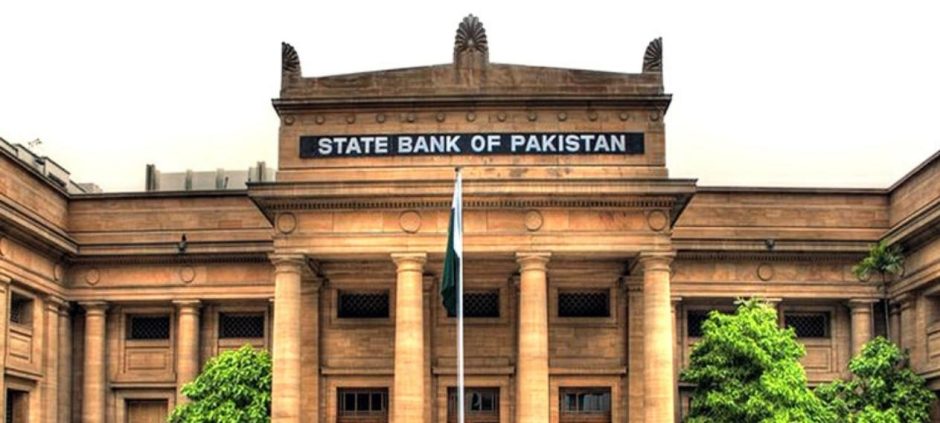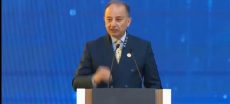The State Bank Of Pakistan announced on Monday that the policy rate will remain unchanged at 11 percent. The move was widely expected by analysts, given the current economic challenges and the impact of recent floods on the country’s stability.
This marks the second consecutive meeting where the Monetary Policy Committee decided to maintain the same rate. In July 2025, the committee also chose to keep the rate steady at 11 percent due to inflationary pressures from higher gas tariffs.
Economic experts said the decision was predictable. They noted that inflation risks are likely to rise in the coming months as floods have damaged crops, created food shortages, and disrupted supply chains. Despite these risks, the decision to maintain the rate reflects the bank’s cautious approach toward balancing growth and inflation.
In recent weeks, the economy has shown mixed signals. The rupee gained 0.5 percent against the dollar, offering some relief to external accounts. Petrol prices fell by 3 percent, while international oil prices dropped by nearly 10 percent, settling around 63 dollars per barrel. Inflation slowed to 3 percent in August compared to 4.1 percent in July, showing a temporary decline in price pressures.
The current account, however, shifted back to a deficit of 254 million dollars in July after recording a surplus in June. At the same time, the foreign exchange reserves of the State Bank Of Pakistan increased by 34 million dollars, reaching 14.34 billion dollars by early September. Total liquid reserves stood at 19.68 billion dollars, with commercial banks holding 5.34 billion dollars.
Experts believe the State Bank Of Pakistan will continue to monitor inflation trends, exchange rate stability, and the pace of recovery before making any future changes. By holding the rate steady, the central bank aims to control inflation while supporting growth, showing caution in the face of uncertain economic conditions.
In other related news also read SBP Confirms Cryptocurrencies Are Not Banned











